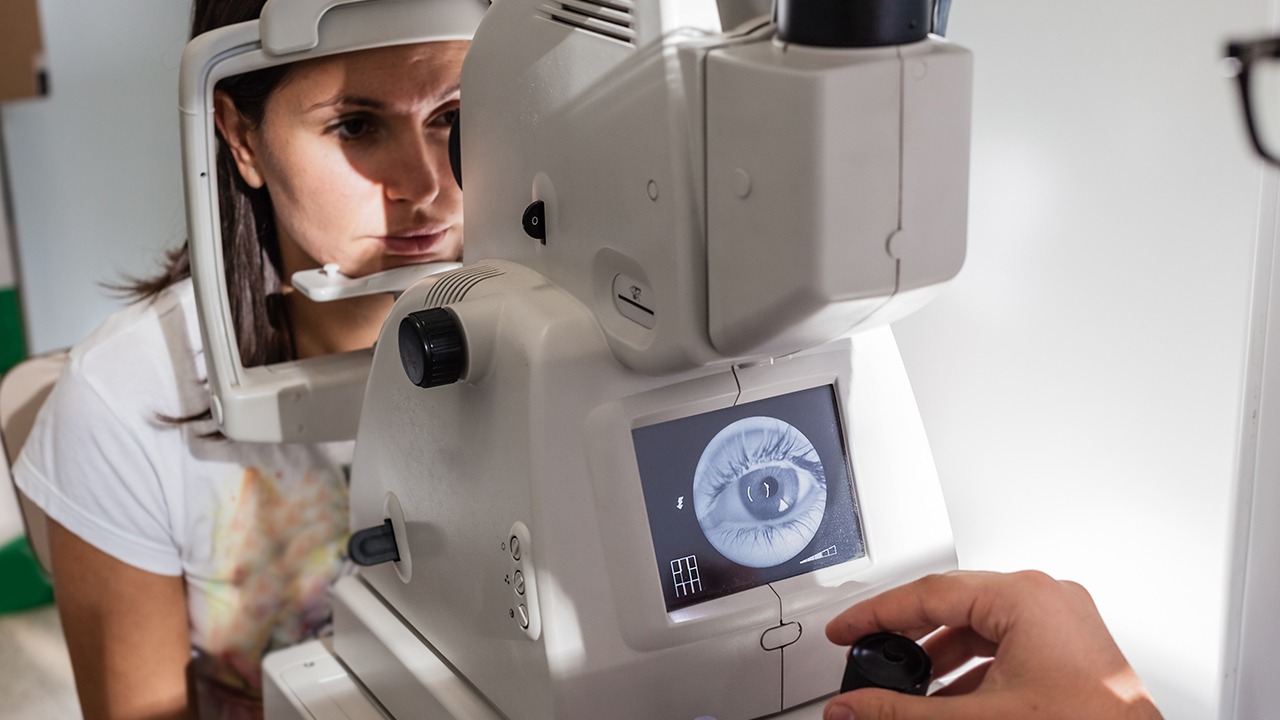What are the causes of otitis media in infants?

Otitis media (OM) is a common childhood infection that affects the middle ear.
It is caused by bacteria or viruses that enter the ear through the Eustachian tube, a small channel that connects the middle ear to the back of the throat.
OM can cause a variety of symptoms, including ear pain, fever, irritability, and difficulty sleeping. In severe cases, OM can lead to hearing loss or other complications.
There are a number of factors that can increase the risk of developing OM in infants, including:
Age: Infants are more likely to develop OM than older children because their Eustachian tubes are shorter and more horizontal, which makes it easier for bacteria and viruses to enter the middle ear.
Exposure to secondhand smoke: Exposure to secondhand smoke can increase the risk of developing OM by up to 50%.
Frequent exposure to other children: Infants who attend daycare or preschool are more likely to be exposed to bacteria and viruses that can cause OM.
Bottle feeding: Bottle-fed infants are more likely to develop OM than breastfed infants because the act of bottle feeding can force milk into the Eustachian tubes.
Certain medical conditions: Infants with certain medical conditions, such as cleft palate or Down syndrome, are more likely to develop OM.
There are a number of things that can be done to prevent OM in infants, including:
Breastfeeding: Breastfeeding can help to protect infants from OM by providing them with antibodies that can fight off infection.
Avoiding exposure to secondhand smoke: Exposure to secondhand smoke can increase the risk of developing OM by up to 50%.
Limiting exposure to other children: Infants who attend daycare or preschool are more likely to be exposed to bacteria and viruses that can cause OM.
Using a humidifier: Using a humidifier can help to keep the air moist, which can help to prevent the Eustachian tubes from becoming blocked.
Getting vaccinated: There are a number of vaccines that can help to protect infants from OM, including the pneumococcal conjugate vaccine (PCV) and the Haemophilus influenzae type b (Hib) vaccine.
If an infant does develop OM, there are a number of treatments that can be used to relieve symptoms and prevent complications. These treatments include:
Antibiotics: Antibiotics are the most common treatment for OM. They are effective in killing the bacteria that cause the infection.
Pain relievers: Pain relievers can help to relieve ear pain.
Decongestants: Decongestants can help to reduce swelling in the Eustachian tubes, which can make it easier for fluid to drain from the middle ear.
Surgery: Surgery may be necessary to treat OM in infants who have recurrent infections or who have developed complications, such as hearing loss.
OM is a common childhood infection that can cause a variety of symptoms, including ear pain, fever, irritability, and difficulty sleeping. In severe cases, OM can lead to hearing loss or other complications. There are a number of factors that can increase the risk of developing OM in infants, including age, exposure to secondhand smoke, frequent exposure to other children, bottle feeding, and certain medical conditions. There are a number of things that can be done to prevent OM in infants, including breastfeeding, avoiding exposure to secondhand smoke, limiting exposure to other children, using a humidifier, and getting vaccinated. If an infant does develop OM, there are a number of treatments that can be used to relieve symptoms and prevent complications. These treatments include antibiotics, pain relievers, decongestants, and surgery.
The above is all the content that the editor wants to share with you. I sincerely hope that these contents can bring some help to your life and health, and I also wish that your life will be happier and happier.
Topic: #the #causes #what- • What is the relationship between kidneys and prostate
- • What to do if the umbilical cord wraps around your neck in late pregnancy
- • How to reduce the impact of colds on the fetus during pregnancy
- • The best dietary therapy for neonatal hypoxic-ischemic encephalopathy
- • Detailed explanation of the causes of neonatal hypoxic-ischemic encephalopathy













